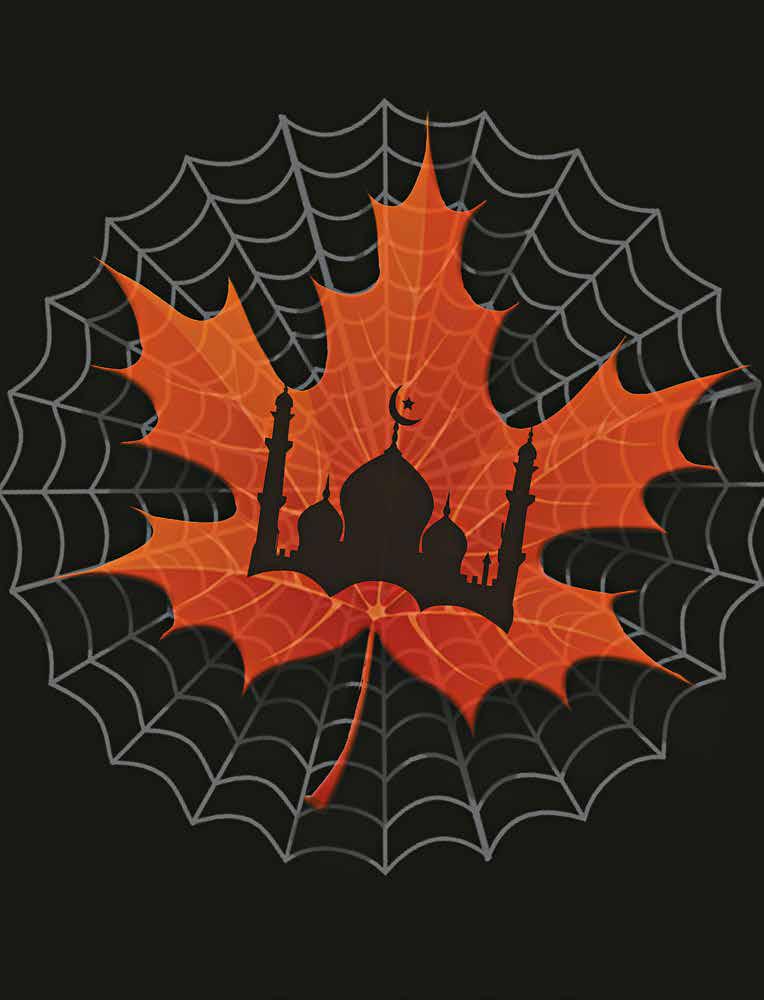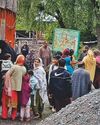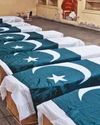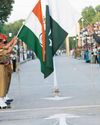Sacred Silence

EIGHTY-FOUR-year-old Yaseen Zahra sits on a wooden ledge covered with a faded namda (woollen rug) at the Khangah-e-Mo'alla, a 650-year-old shrine in the middle of Srinagar, built in the memory of a Sufi scholar and saint from Iran's Hamadan province, also known as Shah-e-Hamadan. Zahra is the mujawir (traditional caretaker of the shrine), like his father and his grandfather. He is among hundreds of mujawirs who were pushed aside after the Jammu and Kashmir Waqf Board—now under the control of the Union government since the abrogation of Article 370— issued a directive in August 2022. The board banned nazr-o-niyaz, the age-old practice of devotees offering alms to shrine caretakers. Zahra’s money box was taken away too.
“I don’t take a rupee,” he says. “Not from anyone. The income that comes from the shrine’s property goes to the government, including the money people leave in the donation boxes.” Still, he says he won't leave this place. “I've given my life to this place. I'll stay here as long as I breathe,” he says.
He nods towards an elderly man sweeping the courtyard. “He doesn’t get paid. He comes here because he wants to. Will the government, which measures everything in money, ever understand devotion that asks for nothing in return?”
In every corner of the Kashmir Valley, there are shrines, mosques, seminaries and Sufi lodges. Like many other places, in Kashmir too religious and charitable land was often created through oral trust-based agreements. A Sufi lodge might have been built where a mystic often stopped to pray and share his teachings with the local community.
هذه القصة مأخوذة من طبعة May 01, 2025 من Outlook.
ابدأ النسخة التجريبية المجانية من Magzter GOLD لمدة 7 أيام للوصول إلى آلاف القصص المتميزة المنسقة وأكثر من 9,000 مجلة وصحيفة.
بالفعل مشترك ? تسجيل الدخول
هذه القصة مأخوذة من طبعة May 01, 2025 من Outlook.
ابدأ النسخة التجريبية المجانية من Magzter GOLD لمدة 7 أيام للوصول إلى آلاف القصص المتميزة المنسقة وأكثر من 9,000 مجلة وصحيفة.
بالفعل مشترك? تسجيل الدخول

Response in Real Time
On April 22, 2025, terrorists affiliated with the Pakistan-based Lashkar-e-Taiba (LeT) opened fire on a group of tourists in Jammu and Kashmir's Baisaran Valley in Pahalgam.

Living War Rooms
Every time tensions flare between the two nuclear-armed neighbours, drawing- room generals, WhatsApp warriors, and tea-stall tacticians flood the airwaves with unsolicited military advice—while real lives hang in the balance

The Fate of a Boy's Rubber Ball
Residents of places close to the border desperately hope that the ongoing conflict between India and Pakistan will de-escalate

Parted, Again
After the Pahalgam terror attack, many families had to say abrupt goodbyes to their loved ones after they were sent back to Pakistan. Future is uncertain for those who are still living here

Long-range Response
The transformation of India's strategic restraint to calibrated retaliation against Pakistan

War and TRUTH
A war is not just an armed conflict for physical control of a geographical territory; it's also about shaping larger public opinion with carefully curated propaganda

A Fragile Calm
SOUTH Asia has stepped back from the brink of war with the announcement of a ceasefire by India's Foreign Secretary Vikram Misri. What threatened to spiral into a full-blown conflict between nuclear-armed neighbours, India and Pakistan, has, for now, given way to a fragile calm.

No Neutral Move
The sudden legislative dismantling of waqf institutions is a calculated political step

Journalism of Courage
A son and a granddaughter, Chander and Jyotsna Mohan, chronicle the history of Pratap: A Defiant Newspaper. But it turns out to be much more than that—it juxtaposes the bravery and stature of freedom fighters in pre-Independence India with the current rulers’ preening and pretensions

Alike is Hell, or Paradise, or Heaven
The brunt of the military escalation between India and Pakistan was felt by people in the Valley, especially near its fraught borders, far away from the studios that amped up the war talk
